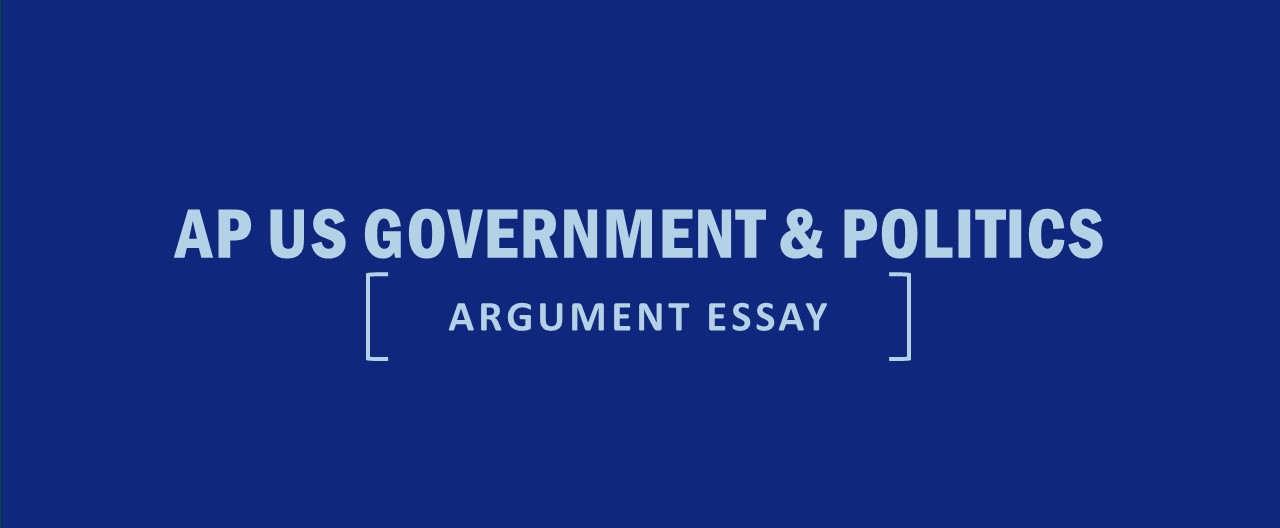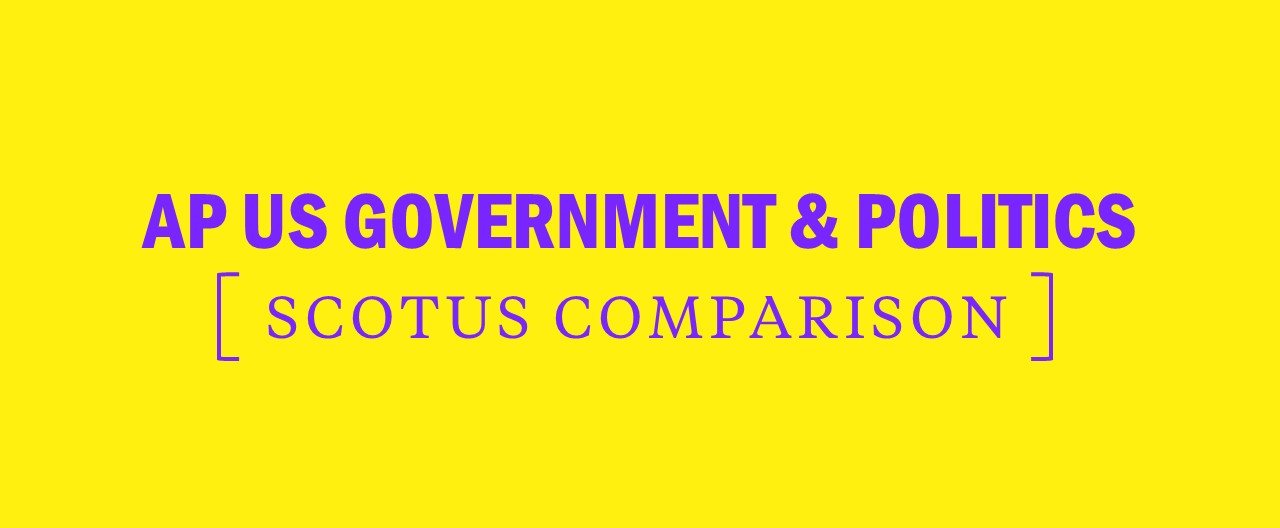AP US Government and Politics: Political Participation Notes
Key Terms: Political Participation
Voting
- Universal suffrage: The extension of the right to vote to all adult citizens, with no qualifications based on race, sex, or property ownership.
- Thirteenth Amendment: An amendment to the U.S. Constitution abolishing slavery; ratified in 1865.
- Fourteenth Amendment: An amendment to the U.S. Constitution defining national citizenship and forbidding the states to restrict the basic rights of citizens or other persons; ratified in 1868.
- Fifteenth Amendment: An amendment to the U.S. Constitution prohibiting the restriction of voting rights on account of race, color, or previous condition of servitude (e.g., slavery); ratified in 1870.
- Jim Crow laws: Any of the laws that enforced racial segregation in the South between the end of Reconstruction in 1877 and the civil rights movement in the mid-twentieth century.
- Twenty-Fourth Amendment: An amendment to the U.S. Constitution forbidding the use of the poll tax as a requirement for voting in national elections; ratified in 1964.
- Voter registration: A system in which citizens must register to vote in advance of election day; some states allow election-day registration.
- Nineteenth Amendment: An amendment to the U.S. Constitution guaranteeing women the right to vote; ratified in 1920.
- Twenty-Sixth Amendment: An amendment to the U.S. Constitution lowering the voting age to 18; ratified in 1971.
- Voter eligibility: Any U.S. citizen who is at least eighteen years old on election day and not disqualified due to a felony conviction; some states add additional criteria that trigger disqualification, such as being declared mentally incompetent by a court.
- Seventeenth Amendment: An amendment to the U.S. Constitution providing for the election of two U.S. senators from each state by popular vote and for a term of six years; ratified in 1913.
- Retrospective voting: A theory that voting decisions are made after taking into consideration factors such as the performance of a political party, an officeholder, and/or the current administration.


